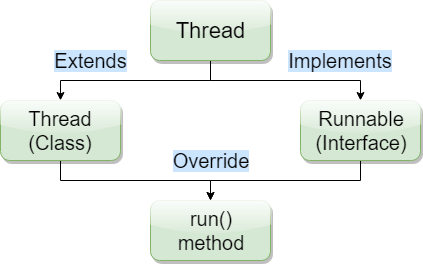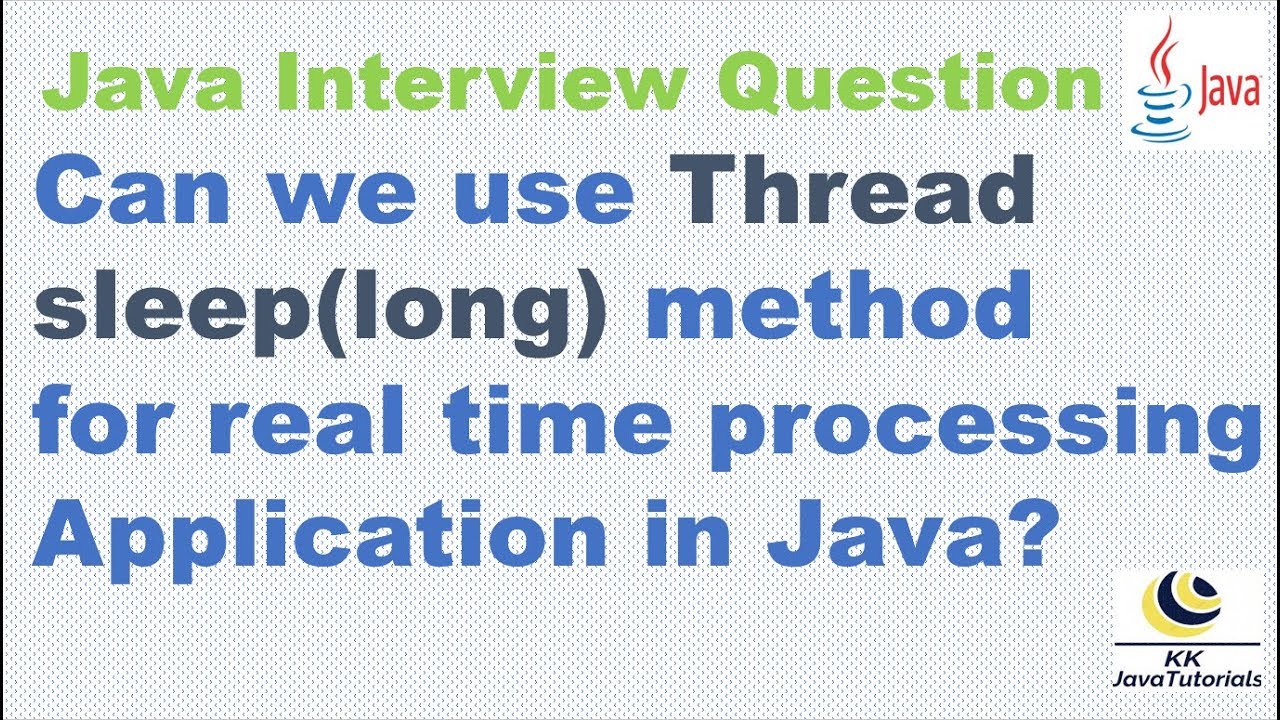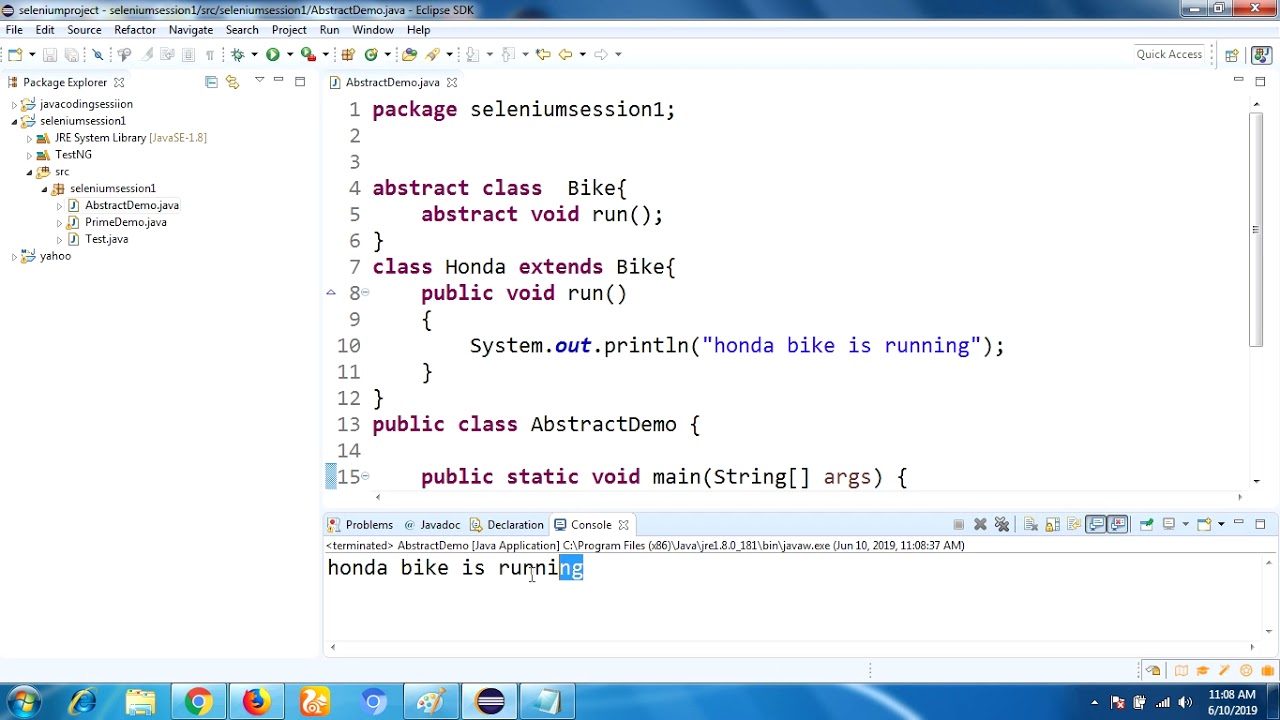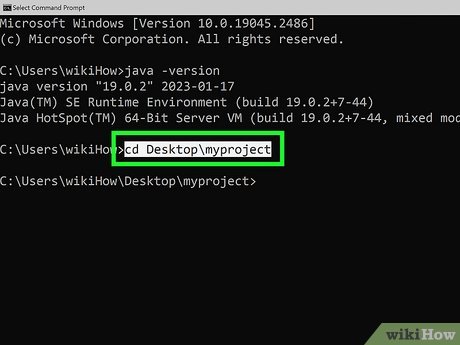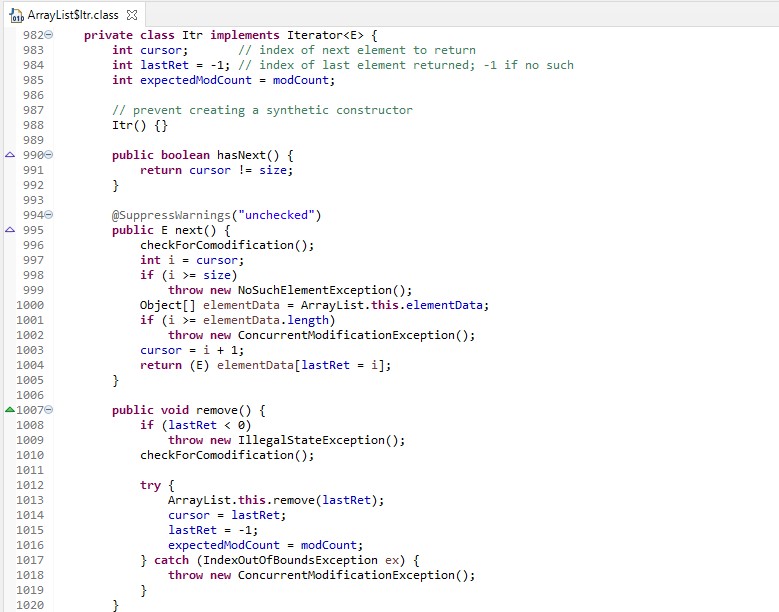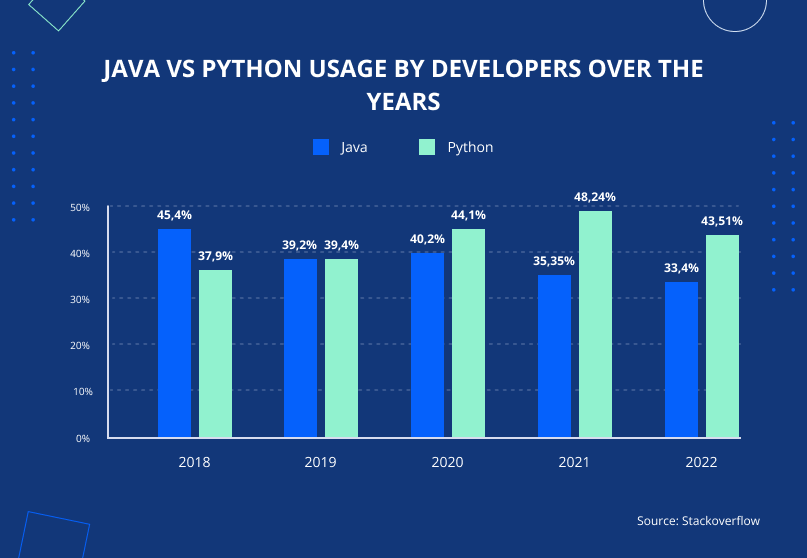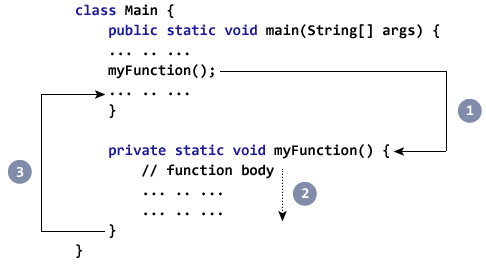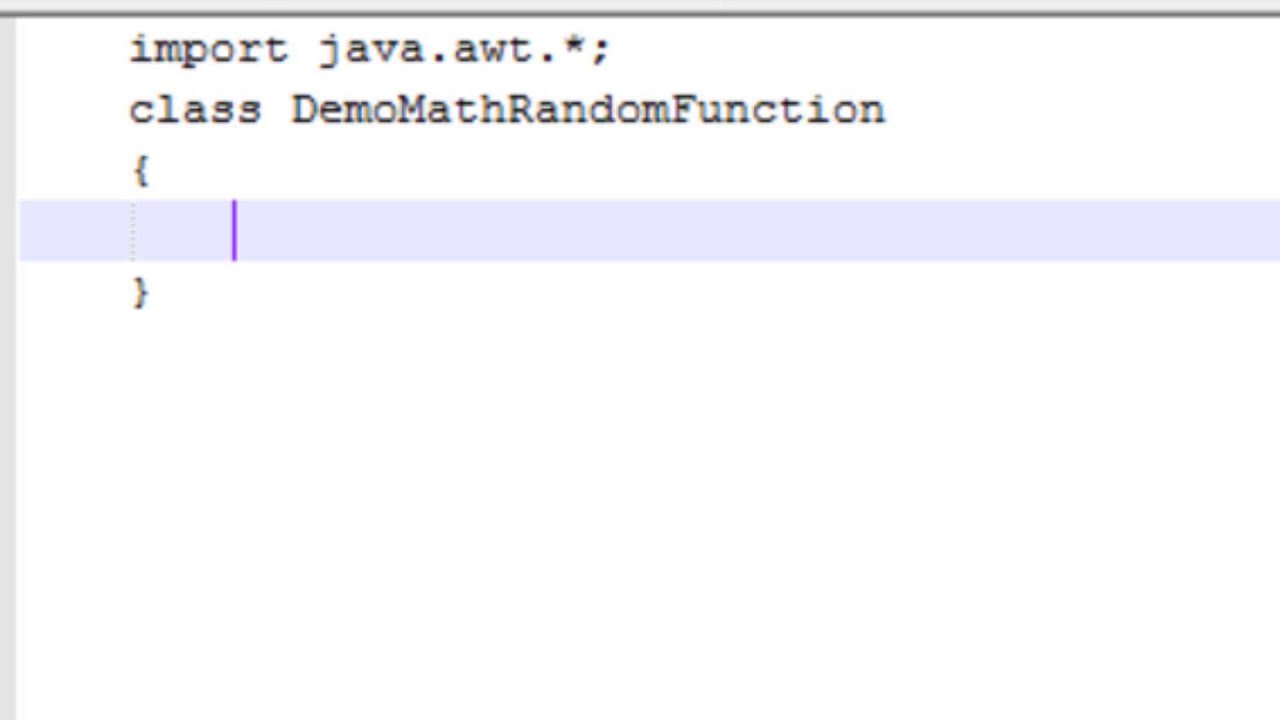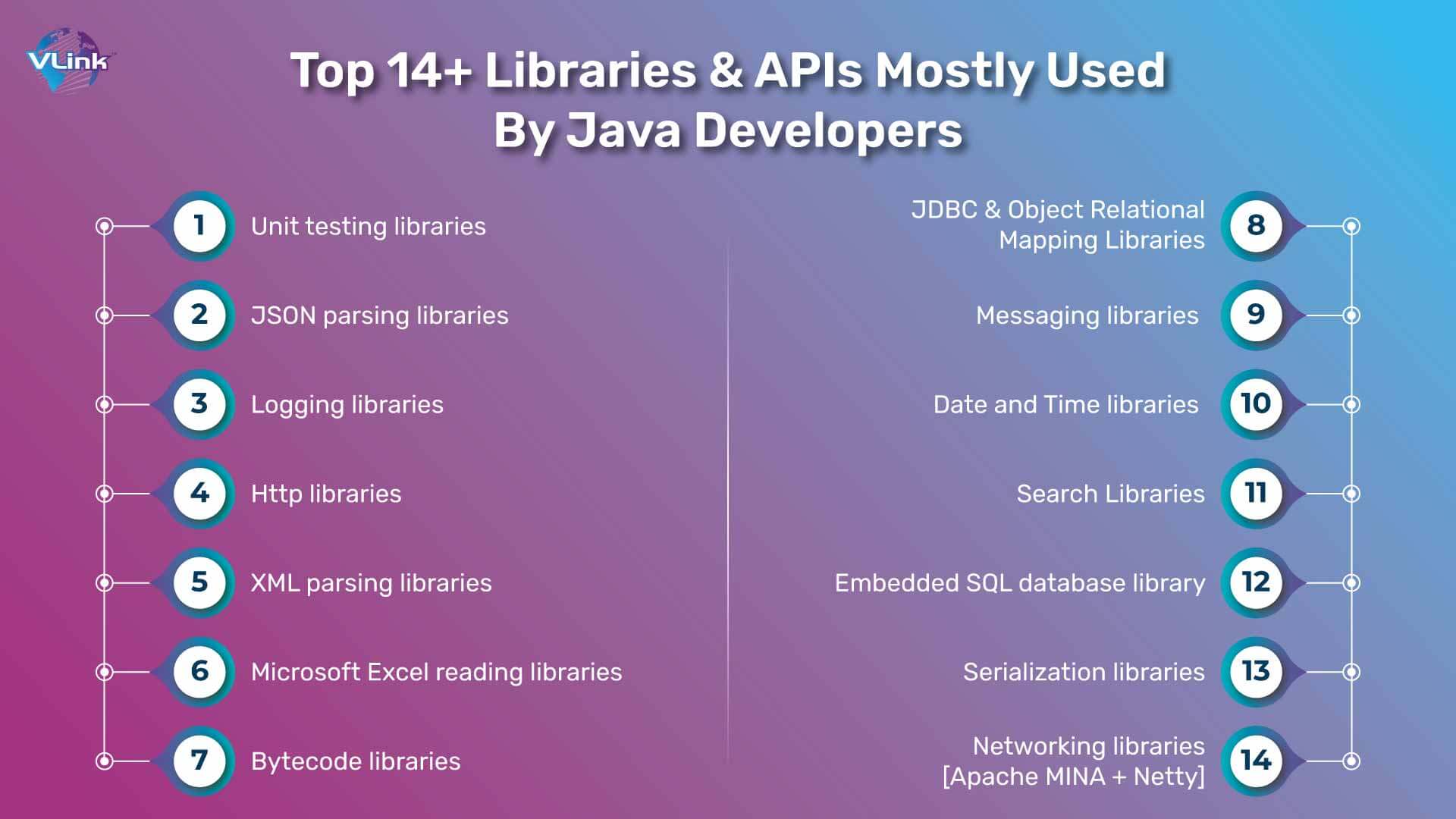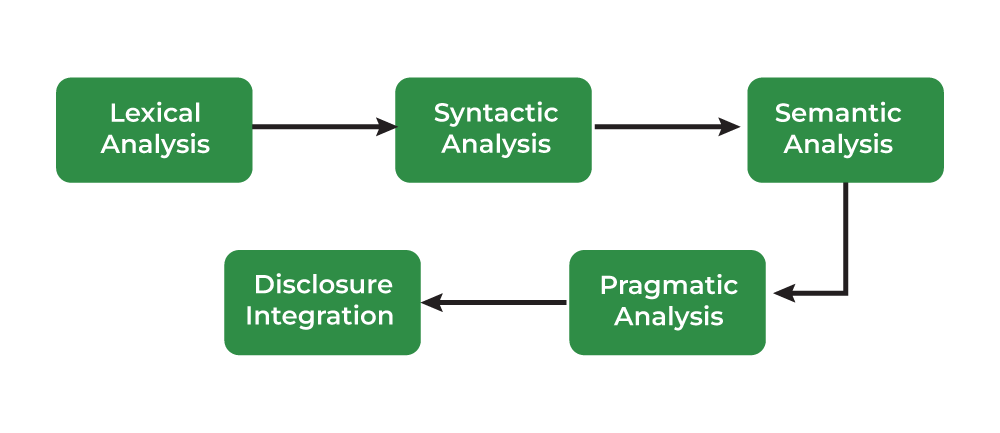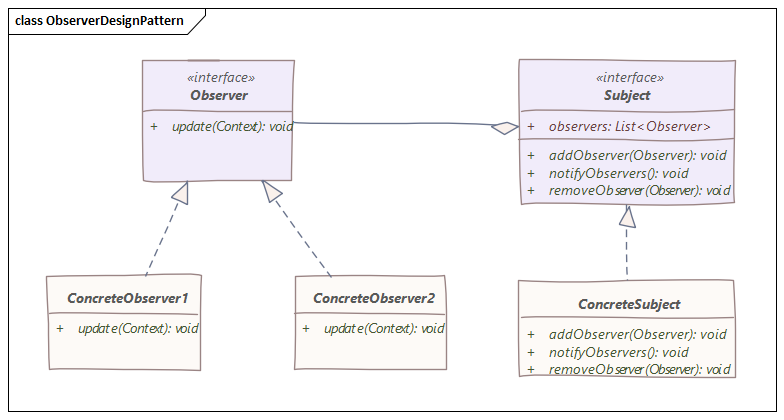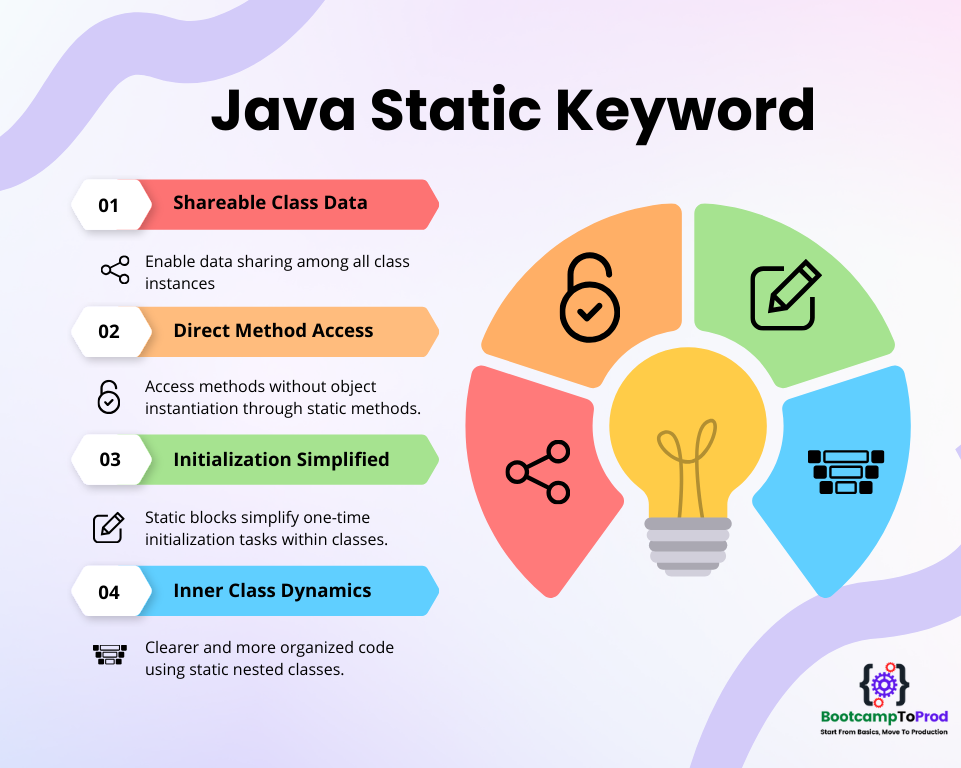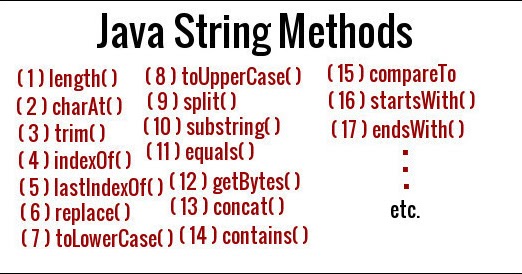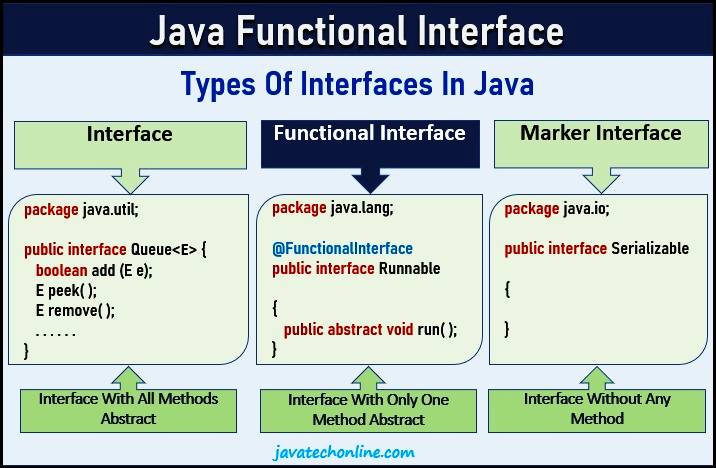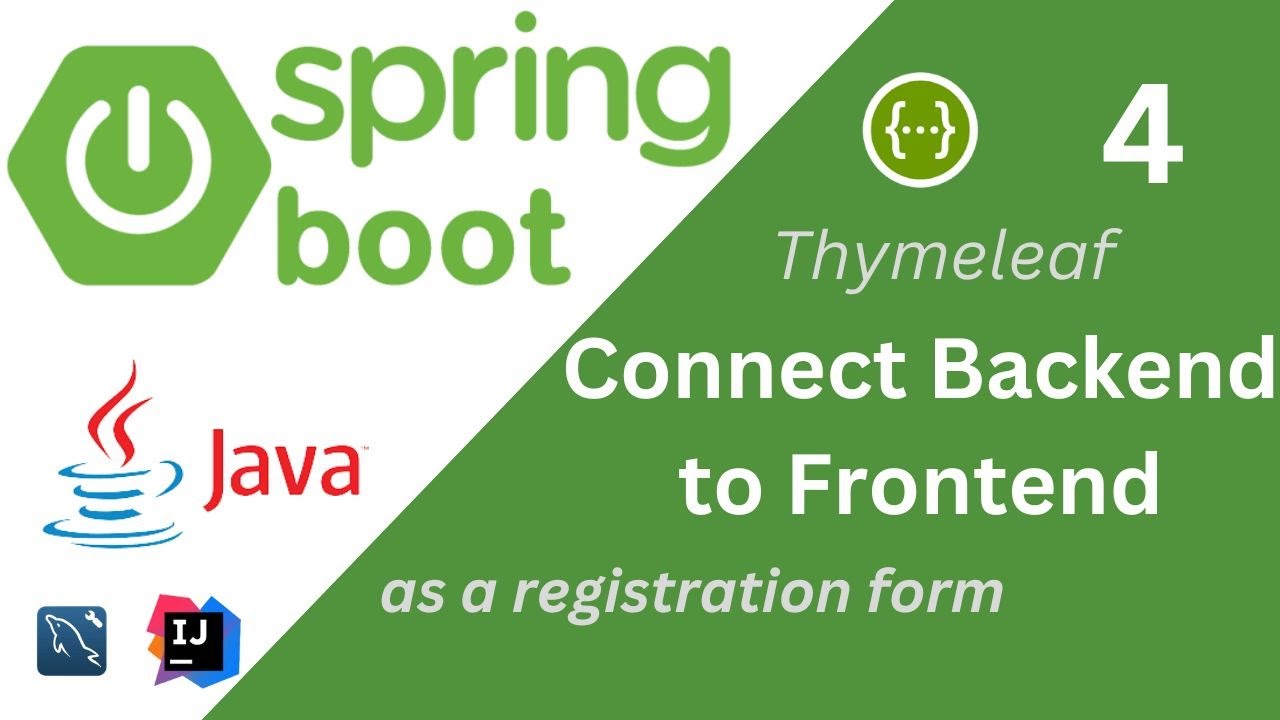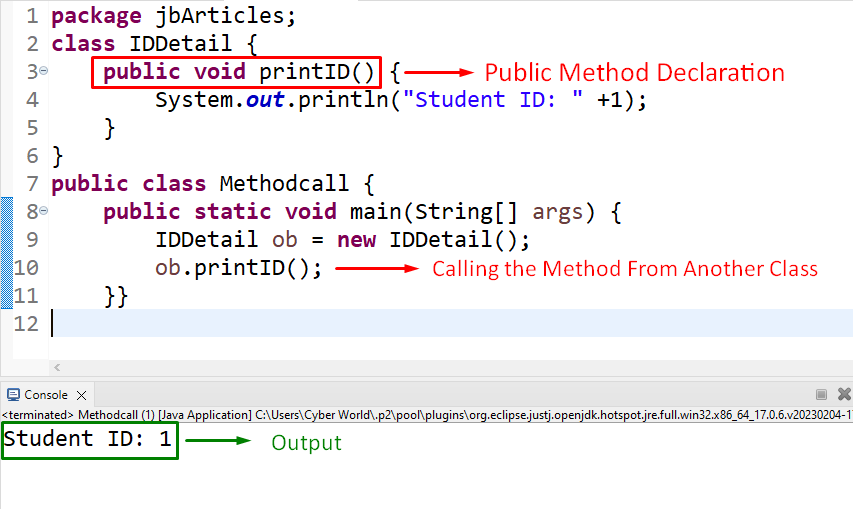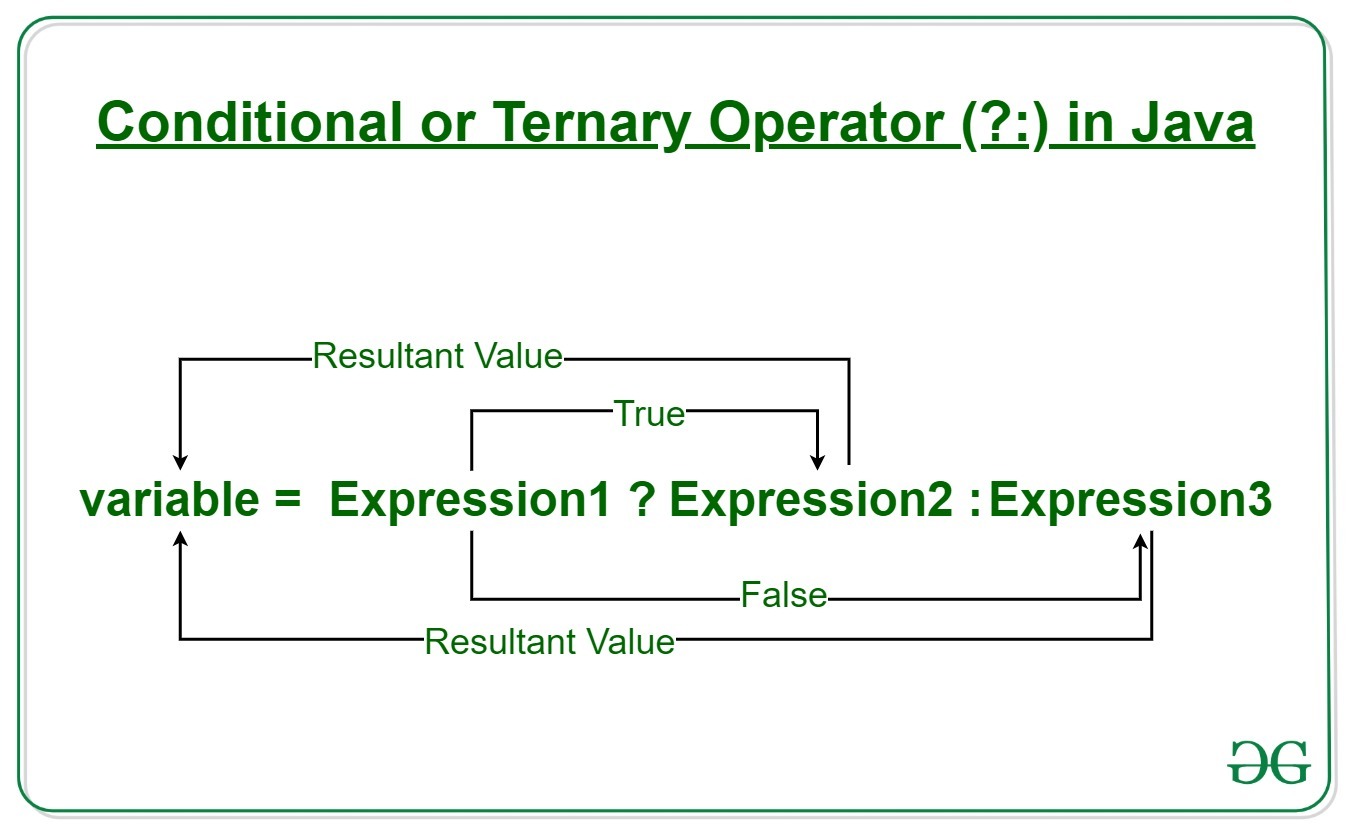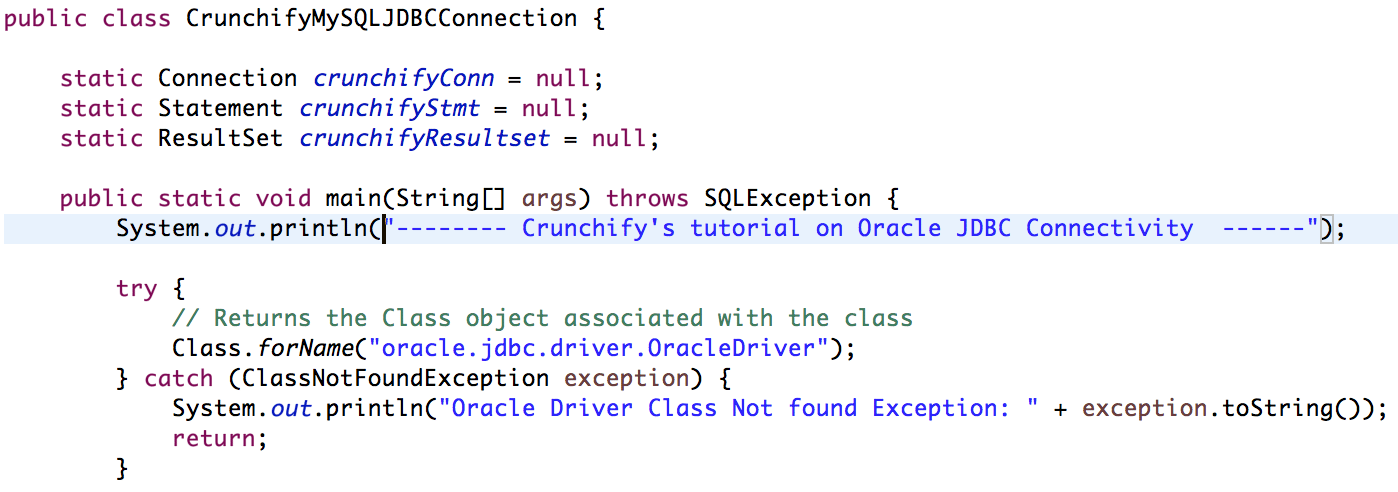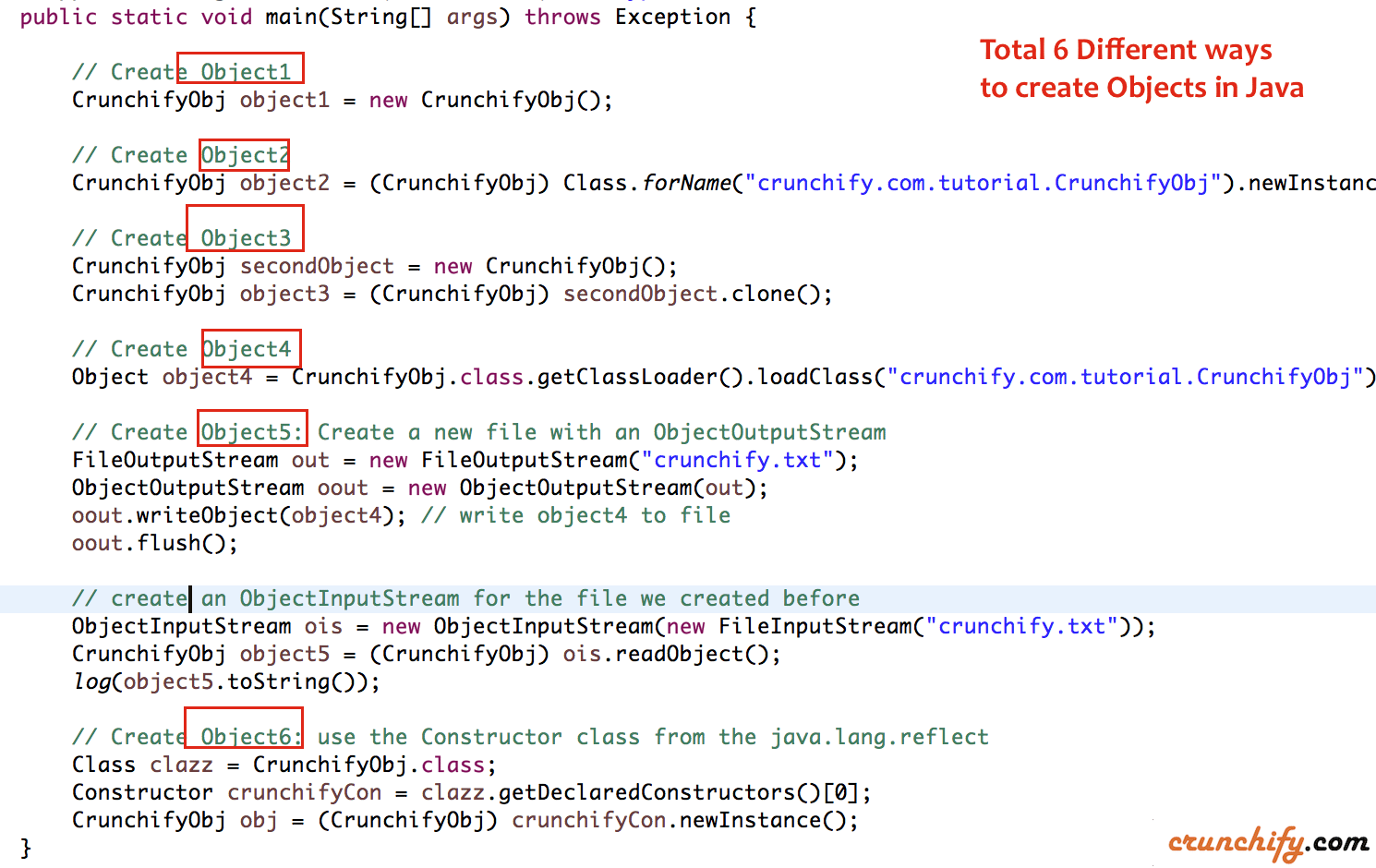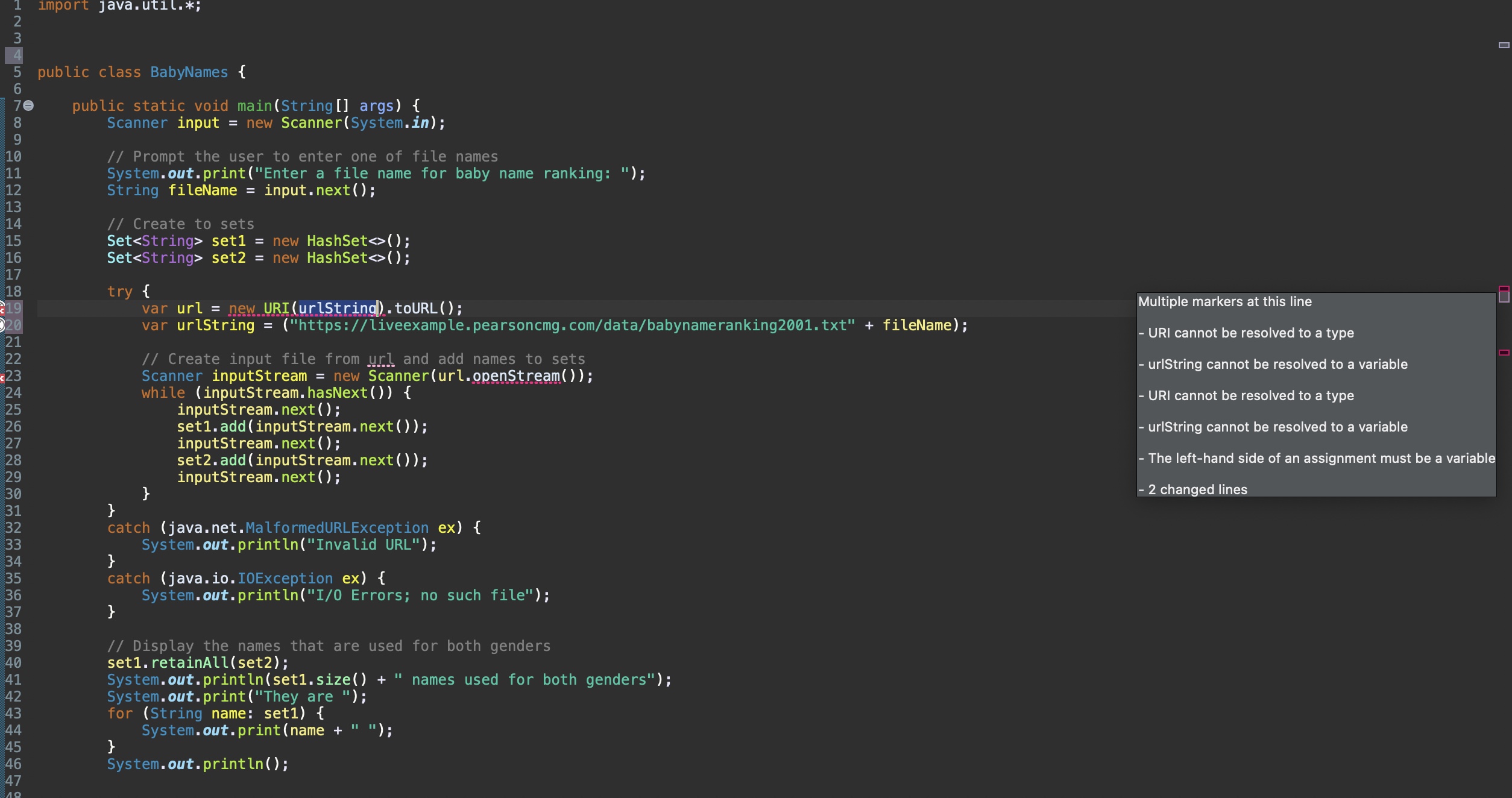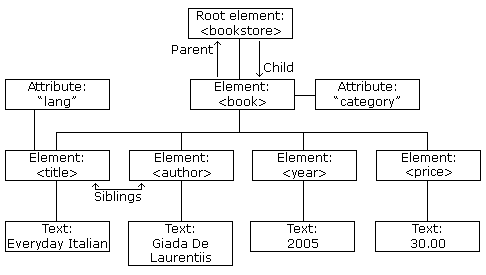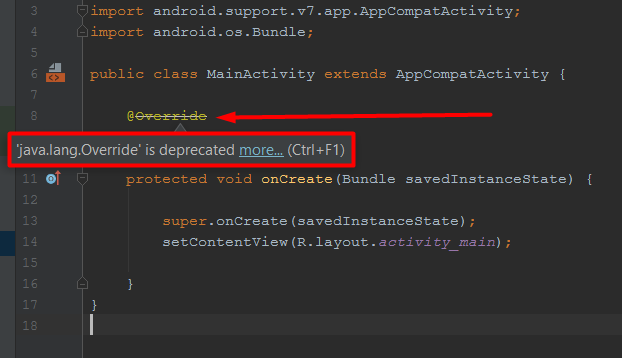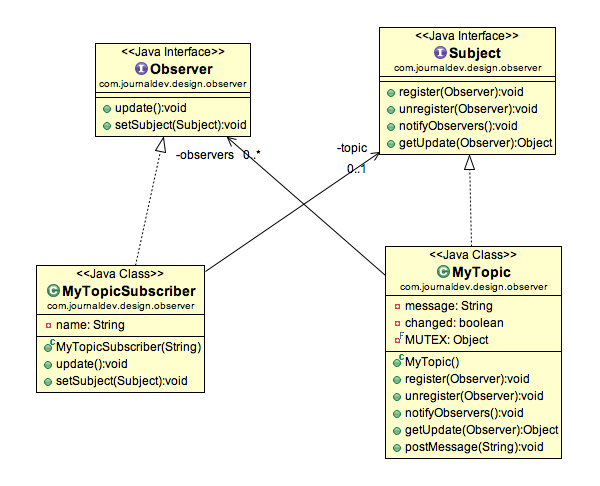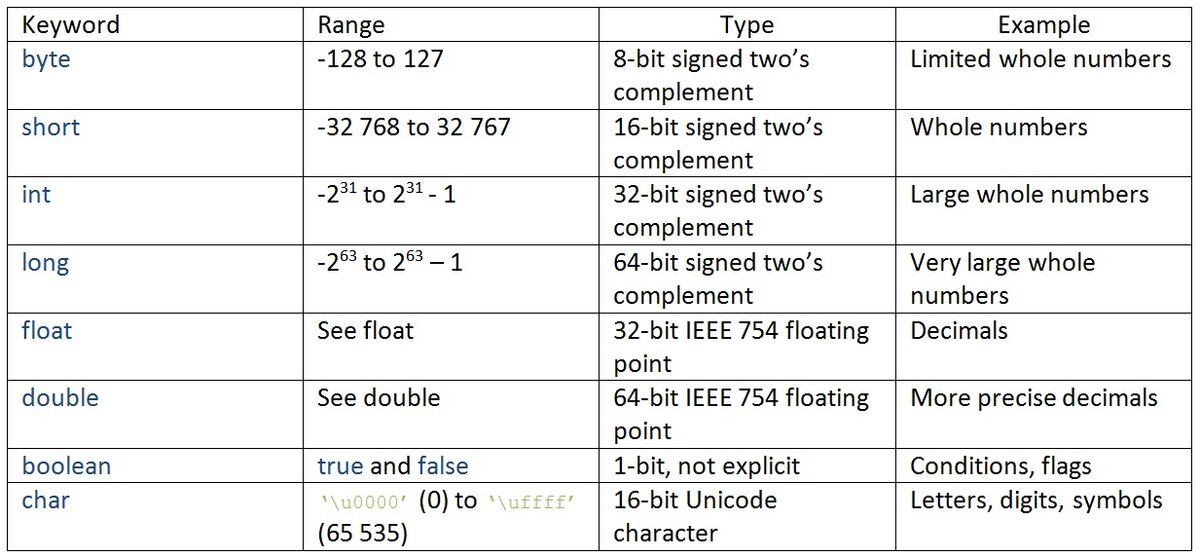Java reactive programming
Java reactive programming
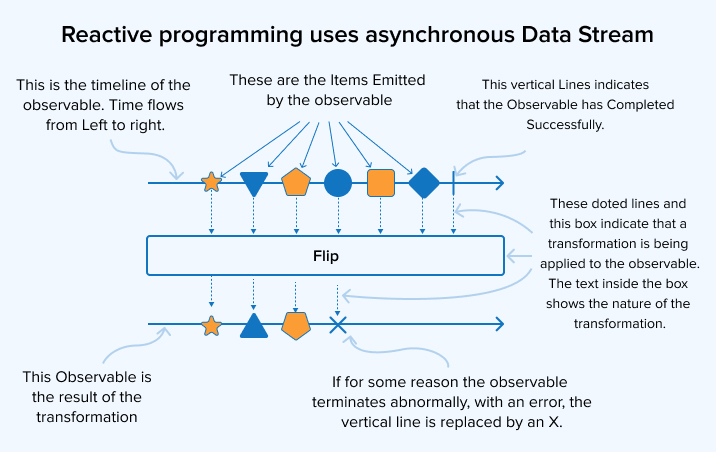
I'd be happy to help with that!
Java Reactive Programming is a paradigm shift in how we write programs. It's all about handling asynchronous data streams and events more efficiently, allowing our applications to become more responsive, scalable, and maintainable.
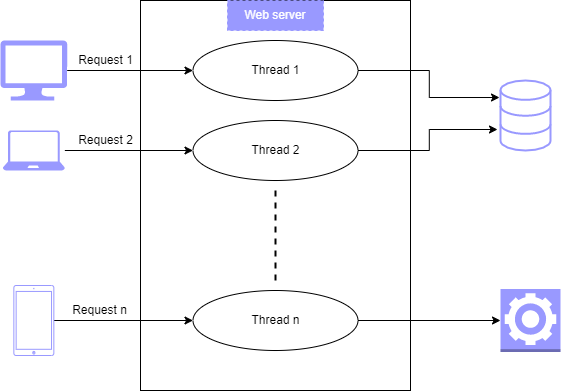
In traditional Java programming, you often rely on callbacks or blocking APIs to handle asynchronous operations. However, these approaches can lead to code that's difficult to read, test, and debug. Reactive Programming changes this by providing a declarative way of handling events and data streams. You describe what you want to happen when certain events occur, rather than explicitly handling the flow of control.
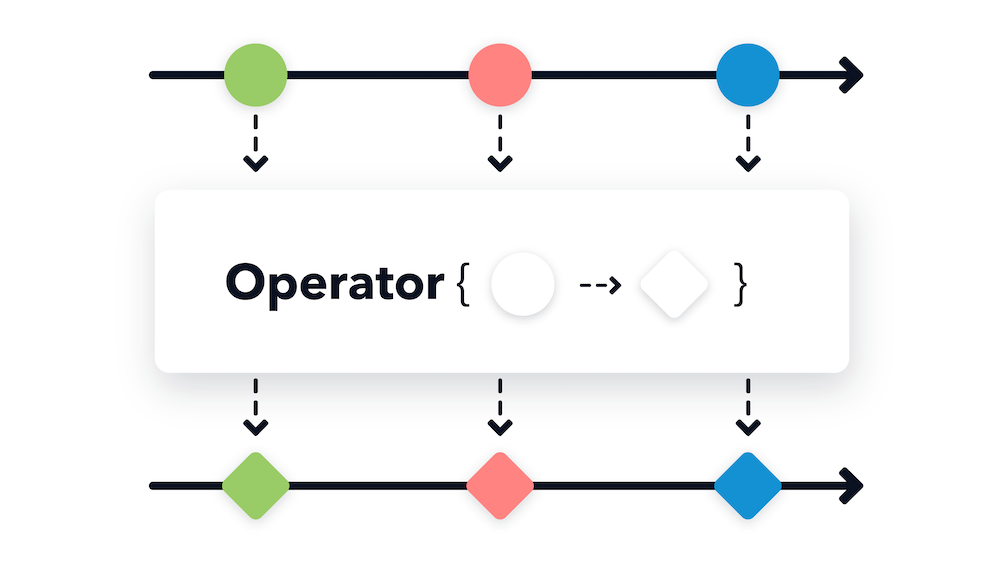
The core idea behind Java Reactive Programming is the concept of Observables. Think of an Observable as a source of events or data that can be subscribed to. When you subscribe to an Observable, you're essentially saying "Hey, I'm interested in getting notified whenever this event happens or data changes."
Java's Project Reactor provides a set of libraries and APIs for building reactive applications. The most important ones are:
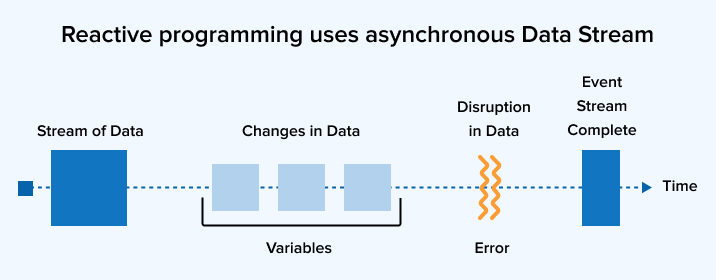
With Flux and Mono, you can build complex pipelines of operations on your Observables. This is where the magic happens! By combining these two classes, you can create powerful workflows that transform, filter, and combine data streams in a concise and expressive way.
Here's an example:
import reactor.core.publisher.Flux;
public class Example {
public static void main(String[] args) {
Flux source = Flux.just("Hello", "Reactive", "Programming");
// Filter out words starting with 'H'
Flux filtered = source.filter(word -> !word.startsWith("H"));
// Transform uppercase
Flux transformed = filtered.map(String::toUpperCase);
// Subscribe to the pipeline
transformed.subscribe(System.out::println);
}
}
In this example, we create a Flux that emits three strings: "Hello", "Reactive", and "Programming". We then filter out words starting with 'H', transform uppercase, and finally subscribe to the pipeline. The output would be:
REACTIVE
PROGRAMMING
Java Reactive Programming has many benefits:
Scalability: Reactors handle backpressure naturally, allowing for better performance under high loads. Concurrent Processing: Reactors can process events concurrently, reducing overall processing time. Error Handling: You can easily handle errors and exceptions in your pipelines. Compositionality: Pipelines are composable, making it easy to build complex workflows from smaller, reusable components.In conclusion, Java Reactive Programming is an innovative approach that simplifies handling asynchronous data streams and events. With libraries like Project Reactor, you can write more efficient, scalable, and maintainable code.
Does Java 11 support reactive programming?
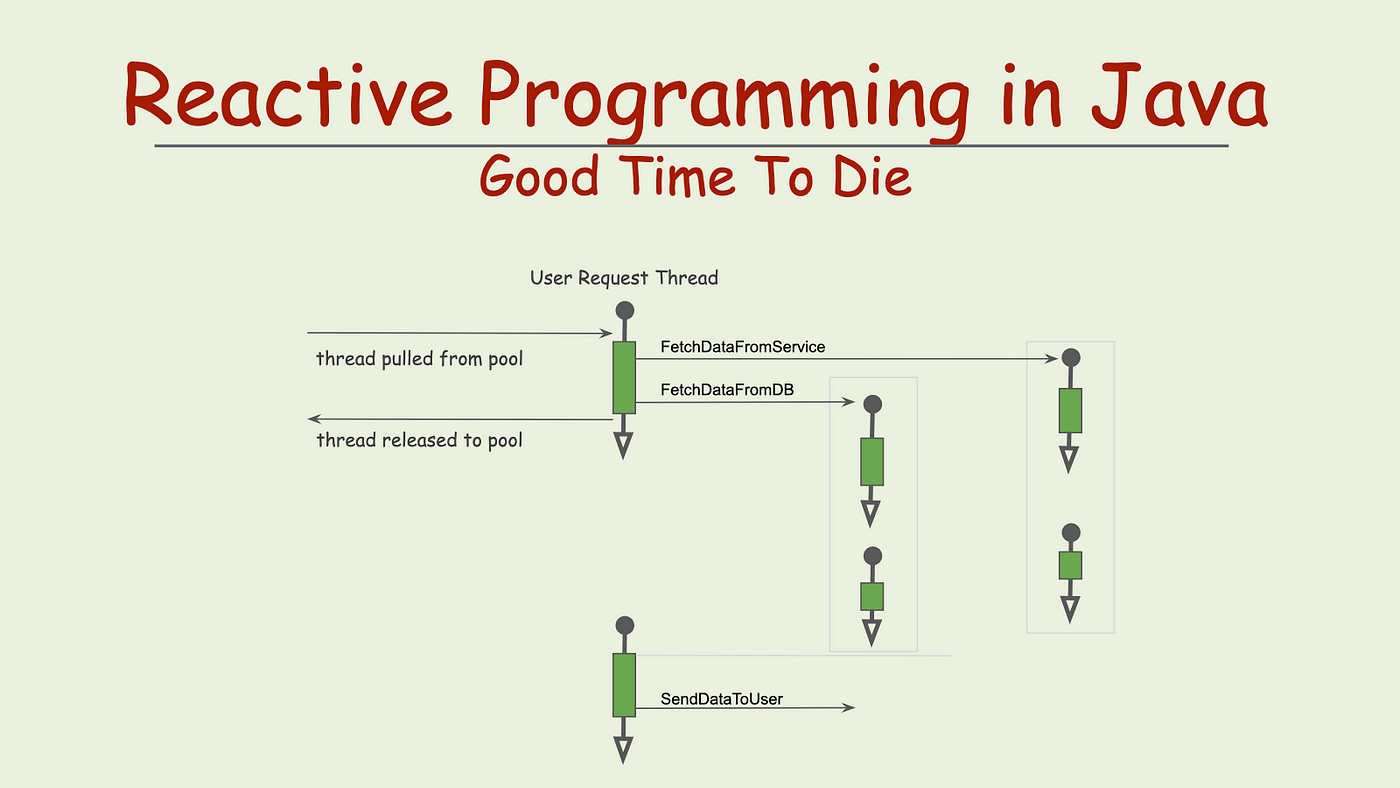
Java 11 does indeed provide official support for reactive programming through the addition of the java.reactive package, which is part of the JDK (Java Development Kit). This means that developers can now leverage the power of reactive programming in their Java applications.
Before Java 11, there were various third-party libraries and frameworks available to help with reactive programming in Java. Some popular ones include Project Reactor, RxJava, and Akka Streams. However, these libraries didn't have official support from Oracle, which meant that developers needed to choose the best fit for their specific needs or use multiple libraries together.
With Java 11's java.reactive package, reactive programming is now part of the standard library. This integration enables developers to write more concise and expressive code, as well as take advantage of built-in support for asynchronous I/O operations.
Here are some key features of the java.reactive package:
java.reactive package provides implementations for these types, allowing developers to process streams of data. Publishers and Subscribers: A Publisher represents the source of a stream, while a Subscriber is an object that receives items from a Publisher. This pattern enables asynchronous processing and handling of errors in a more robust way. Schedulers: Schedulers are responsible for managing the execution of tasks, allowing developers to control the scheduling of Publishers, Subscribers, and other tasks. Contexts: Contexts provide additional information about the stream, such as the source, the subscriber, or any errors that occur.
The java.reactive package provides a solid foundation for building reactive systems in Java 11. It is designed to be highly customizable and adaptable to various use cases, making it an excellent choice for developers who want to leverage the benefits of reactive programming in their applications.
Some notable improvements over previous libraries include:
Improved error handling: Thejava.reactive package provides better support for handling errors in a more robust and consistent manner. Enhanced concurrency: The package offers improved concurrency features, allowing developers to take advantage of parallel processing and asynchronous I/O operations. Streamlined APIs: The java.reactive package simplifies the API for building reactive systems, making it easier for developers to learn and use.
In conclusion, Java 11's java.reactive package provides official support for reactive programming in Java. It offers a robust set of features, improved error handling, enhanced concurrency, and streamlined APIs, making it an excellent choice for developers who want to leverage the benefits of reactive programming in their applications.

